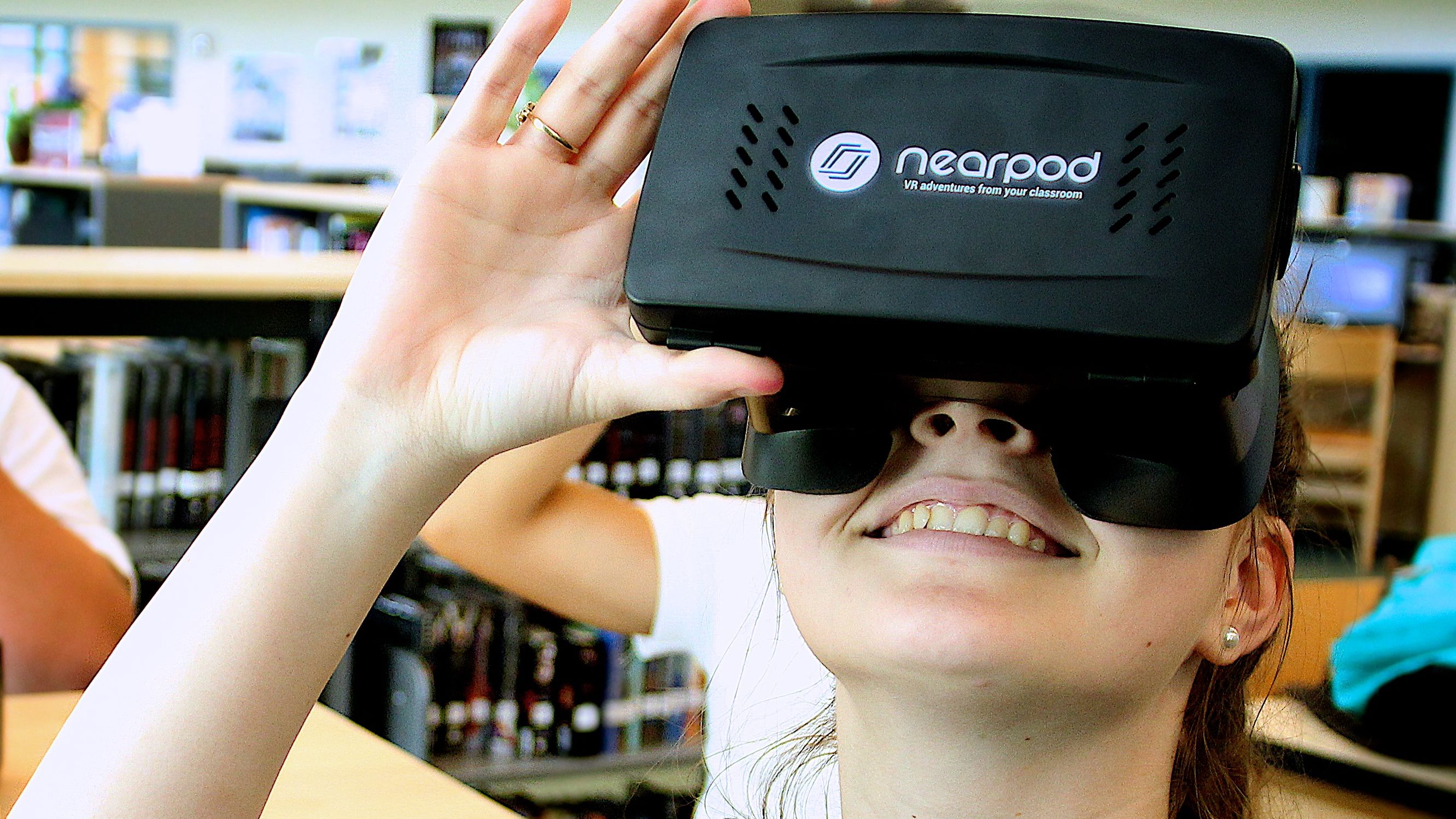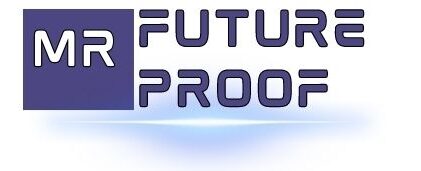The impact of virtual reality on education is vast and continues to grow. Virtual reality provides an immersive and interactive learning experience that has the potential to transform the way we teach and learn.
It allows students to experience learning in a more engaging, personalized, and efficient way, making education more accessible to learners of all ages and backgrounds. As the world becomes increasingly digitalized, it’s no surprise that the education sector has also adopted new and advanced technologies to enhance the learning experience.
The use of virtual reality in education has been gaining popularity in recent years as it provides a unique and innovative way to learn. With virtual reality, students can immerse themselves in real-life situations, explore complex concepts, and interact with objects and environments in a way that was previously impossible. Virtual reality technology has the potential to revolutionize education, making it more interactive, engaging, and inclusive. In this article, we will discuss the potential impact of virtual reality on education and explore how this technology is changing the way we teach and learn.

Credit: www.cnn.com
The Current State Of Education: Limitations And Opportunities
The Future Of Education: Exploring The Impact Of Virtual Reality
Education as we know it has come a long way since the days of the one-room schoolhouses. Today, the advent of technology has brought new possibilities, enabling us to reimagine what education can be. Virtual reality is one such technology that holds vast potential for the future of education.
By creating immersive, interactive, and engaging learning environments, it can revolutionize the way we teach and learn.
Overcrowded Classrooms And Limited Opportunities For Personalized Learning
Overcrowded classrooms and limited opportunities for personalized learning are two of the most significant challenges faced by educators worldwide. Virtual reality can help address these issues by providing an immersive learning experience that is customized to the individual’s needs. Here’s how:
- With virtual reality, students can enter a simulated environment where they can learn in a safe and controlled environment. This can be especially beneficial in subjects where hands-on training is necessary, such as medicine or engineering.
- Virtual reality-enabled classrooms can accommodate endless students, making it easy to include everyone while also paying heed to personalized attention.
- Students can learn at their own pace, and teachers can create unique learning journeys that cater to a student’s individual needs.
The Potential Of Technology And Online Education
Technology has a massive potential in education, and online learning is rapidly gaining traction. Here’s how virtual reality can contribute to online learning:
- Virtual reality can provide students with a sense of presence, making them feel like they are present in a physical classroom, rather than just attending another online lecture.
- It can help create a more engaging and interactive learning experience, where students now have the liberty to interact with their environment and apply their knowledge.
- It can transport students across geographical borders, thereby making quality education accessible to individuals situated even in remote corners of the world.
- Virtual reality can save both time and resources in terms of commuting and housing needs.
The Limitations Of Current Technological Solutions
Despite its vast potential, virtual reality still faces several technological limitations that need to be addressed before it can be widely adopted in the education sector. Here are some of the issues:
- The cost of developing virtual reality-enabled content is often very high, making it inaccessible to many educational institutions.
- Virtual reality still requires additional hardware equipment like headsets, which is often an added expenditure that everyone may not be able to afford.
- While virtual reality simulations are great for hands-on learning, there is less scope for conceptual learning, and therefore it cannot replace traditional classroom instruction entirely.
To conclude, virtual reality does hold immense potential when it comes to the future of education and can help address some of the challenges faced by educators today. While it still has its limitations, we believe that we are only scratching the surface of what can be achieved.
It’s an exciting time to be an educator, and with the continued development of virtual reality technology, the possibilities for the future of education are endless.
Virtual Reality Technology: Opportunities And Challenges For Education
Virtual reality (vr) technology has gained popularity in recent years, and its potential to revolutionize education is becoming increasingly recognized. As vr technology continues to improve, it is offering new opportunities for immersive and personalized learning experiences that were previously unimaginable.
However, the challenges and limitations of vr need to be considered to ensure that it is effectively implemented in education. In this blog post, we will explore the opportunities and challenges of vr technology for education.
Understanding Virtual Reality Technology And Its Educational Applications:
- Vr technology refers to the use of computer-generated simulations to create a lifelike environment.
- This technology has the potential to create interactive and immersive learning environments that can enhance student engagement and create meaningful learning experiences.
- In education, vr can be used to teach complex concepts, such as science, math and engineering, by creating an experience that allows students to interact with the subject matter in an engaging way.
- Vr can also provide simulations that are hard or impossible to replicate in real life, offering learners a unique opportunity to experiment with scenarios and concepts that would otherwise require significant investment or resources.
The Potential Of Vr For Personalized And Immersive Learning Experiences:
- Vr technology embraces the concept of personalized learning, where students can have an individualized learning experience that is tailored to their specific needs and learning style.
- This technology allows students to immerse themselves in a 360-degree environment that can create a sense of presence and a feeling of being in another world.
- Vr can provide an engaging and interactive learning platform that can increase student motivation and improve learning outcomes.
- Vr can support students to learn by doing, which is essential for students who require hands-on learning experiences.
The Challenges And Limitations Of Vr Technology In Education:
- Vr technology can be expensive and may require significant investment and resources to be implemented effectively in education.
- Technical difficulties with hardware and software can have a negative impact on the effectiveness of vr technology, and this may limit the potential of vr in education.
- Although vr technology can provide a personalized learning experience, it is still screen-based and may cause serious health issues, such as eye strain, headache and motion sickness.
- Learners may experience difficulty in transferring the learning from a vr environment to real-world situations, which raises questions about the transferability of vr learning.
The future of education is characterized by the implementation of technology-driven solutions to address some of the challenges of traditional learning models. Vr technology provides opportunities for an immersive and personalized learning experience that can enhance student engagement and create meaningful learning experiences.
However, the challenges and limitations of vr technology need to be taken into account to ensure its effective implementation in education.
Case Studies Of Successful Vr Applications In Education
The use of virtual reality (vr) technology in education has revolutionized the way students learn by creating immersive and engaging experiences that promote active learning. Vr technology is an effective tool for hands-on experience that students can explore, and the applications are limitless.
Let’s explore some of the case studies of successful vr applications in education.
The Use Of Vr In Medical Training And Simulations
In medical training and simulations, vr technology provides a safe and controlled environment where students can practice performing surgery and other medical procedures. Some of the benefits of using vr in medical training include:
- Students can practice various procedures in a risk-free environment
- Students can learn from mistakes, which can be repeated multiple times to hone skills
- Students can experience complicated procedures, which are difficult to experience in traditional learning.
The Potential Of Vr For Language Learning And Cultural Immersion
Vr is a powerful tool for language learning and cultural immersion because it offers opportunities for students to experience real-life scenarios that deepen their understanding of the language. Here are some potential benefits of using vr for language learning:
- Students get to see and experience different cultures, helping them to relate to the language being studied.
- In a vr environment, students can test their language skills and acquire feedback, leading to better language proficiency.
- Vr makes it possible to simulate real-life scenarios in which the language being studied is spoken.
Real-World Examples Of Vr Applications In K-12 And Higher Education Settings
From k-12 to higher education institutions, vr is being adopted as a useful tool to help students visualize and understand complex topics. Here are some real-world examples of vr applications in education:
- In chemistry classes, vr has replaced the need for physical labs by providing virtual labs that present accurate models of chemical reactions.
- In geography classes, vr is used to create virtual field trips, giving students the opportunity to explore different parts of the world.
- In architecture classes, vr is used to create virtual models of buildings, allowing students to better understand the design and construction process.
The potential of vr in education is limitless, and as more vr technologies are developed, we can expect to see even more innovative ways to make learning engaging and effective.
Frequently Asked Questions For The Future Of Education: Exploring The Impact Of Virtual Reality
What Is Virtual Reality And How Does It Impact Education?
Virtual reality is the use of computer technology to create a simulated environment. It has the potential to transform education by providing new and innovative ways to teach subjects and concepts. Vr can make learning more engaging, interactive, and immersive, helping students better understand complex topics.
What Are The Benefits Of Using Virtual Reality In Education?
Virtual reality can offer several benefits to students and teachers, such as improved engagement, increased retention of information, and enhanced critical thinking skills. Vr can also provide opportunities for remote learning, allowing students to explore places and concepts they wouldn’t otherwise have access to.
How Is Virtual Reality Being Used In Education Currently?
Virtual reality has already been integrated into various educational settings, from elementary schools to medical schools. It is being used to simulate lab experiments, provide virtual field trips, and even offer language immersion experiences. As the technology continues to improve, the possibilities for using vr in education are endless.
Conclusion
As we have discovered, virtual reality presents an exciting opportunity for the education industry. Vr has the potential to revolutionize the way students learn, bringing abstract concepts to life and fostering engagement and curiosity. With vr, students no longer have to rely solely on textbooks and lectures to understand complex topics.
Instead, they can experience them in a more immersive and interactive way, allowing them to fully comprehend and retain the material. Moreover, virtual reality is accessible, flexible, and cost-effective, making it a viable option for a wide range of education institutions and programs.
As technology continues to advance and vr becomes even more sophisticated, the possibilities for education are endless. It’s clear that virtual reality is more than just a trend or a gimmick; it has the potential to transform education and unlock a new world of learning for students around the globe.

